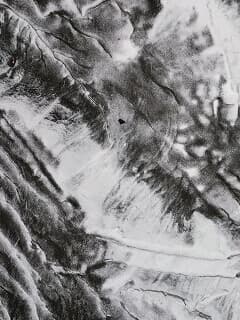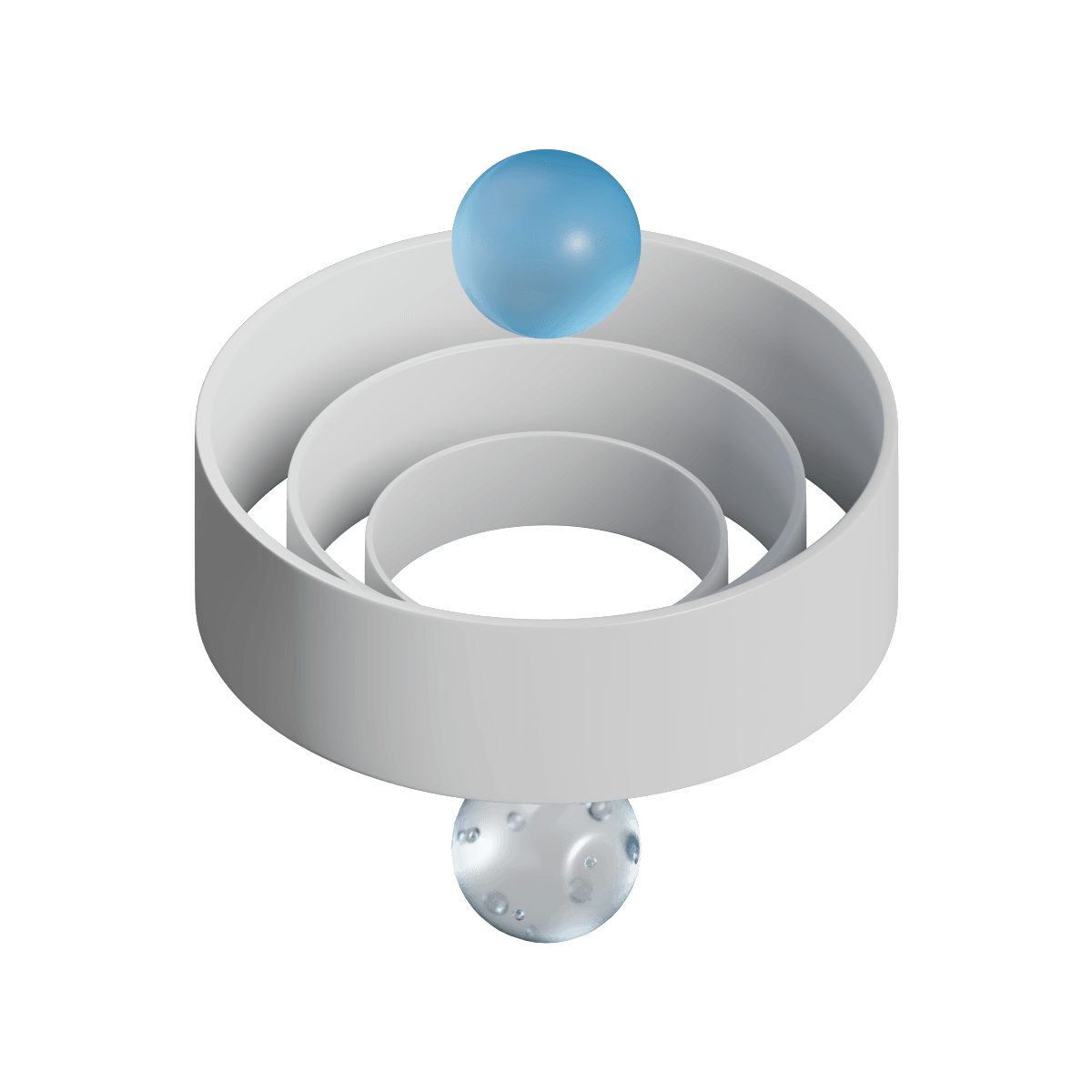Hub I project
A Flagship Project in Clean Production of Critical Minerals

Why It Matters
On-site reagent regeneration is designed to beat delivered, single use chemicals cost. Cutting logistics and tailings generation.
Hub I proves that on-site reagent regeneration beats trucked, single-use chemicals - shrinking OPEX, stabilizing input costs, and lifting margins through cycles. It’s the first commercial reference where regenerated-acid economics flip from liability to advantage.
Better unit economics and circular flows translate into simpler approvals and faster financing. Hub I is the bankable proof point that moves projects from studies to steel-in-the-ground sooner.
Hub I provides the bankable reference that enables rapid adoption across commodities and projects.
What We Will Be Delivering
Industry leading low-carbon products
100,000 tpy MgO / 150,000 tpy Silica / 1,000 tpy Ni/Co MHP
100,000 tpy MgO / 150,000 tpy Silica / 1,000 tpy Ni/Co MHP
Flowsheet designed for maximum valorization
no waste stream by design; asbestos fibers neutralized
no waste stream by design; asbestos fibers neutralized
Bankable reference
operating envelopes, SOPs, and lender‑grade data to enable technology licensing and replication across future hubs
operating envelopes, SOPs, and lender‑grade data to enable technology licensing and replication across future hubs
Unparalleled Benefits
site rehabilitation, skilled jobs, and supply opportunities for Québec
site rehabilitation, skilled jobs, and supply opportunities for Québec
Project Highlights
Objective one
Commercialize ARC™, LOW™, and ROC™ at industrial scale
Objective two
Demonstrate economic performance and reliability
Objective three
Deliver a complete, license-ready package
Objective four
Remediate historical tailings safely and permanently

